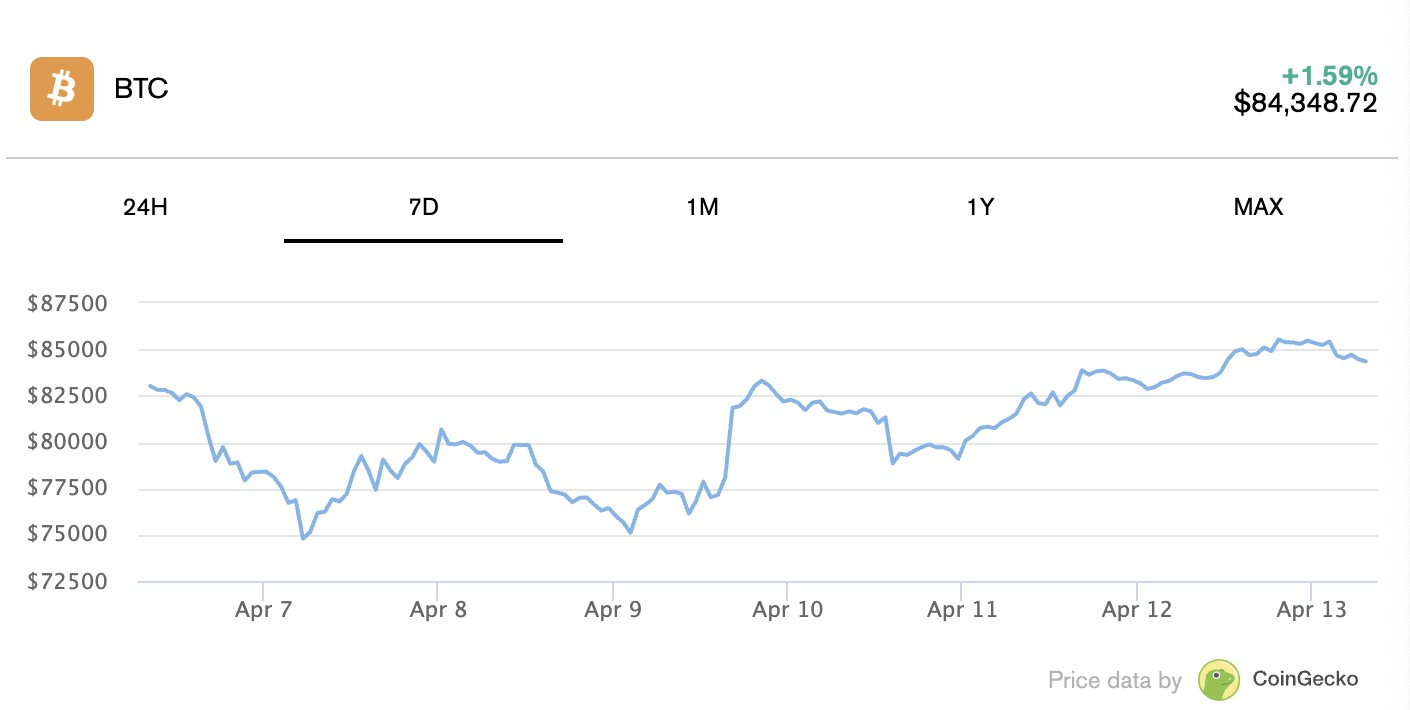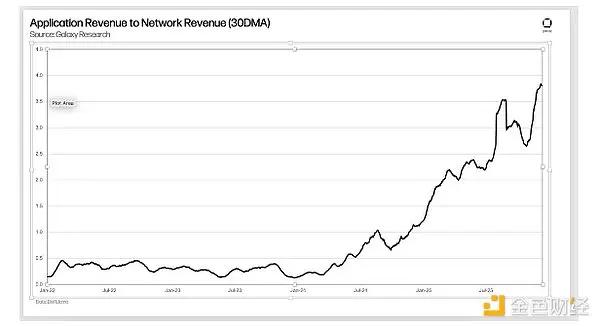Author: Andrew Urquhart
Translated by: Blockchain Plain Talk

Image Source: Shutterstock
In the current global financial wave, cryptocurrencies are developing with an unstoppable momentum. From scale and scope to product variety, the cryptocurrency landscape continues to expand, and its importance and influence on the traditional financial system are increasingly prominent, gradually becoming an undeniable force in the financial field.
Looking back, cryptocurrencies started in a niche market, initially traded quietly only within a small circle of computer programmers, like a faint light hidden in the dark night. However, since the emergence of Bitcoin futures in 2017, like a lightning bolt cutting across the sky, it brought unprecedented attention and vitality to the cryptocurrency market.
Subsequently, various derivative products emerged like mushrooms after rain, continuously enriching the cryptocurrency trading ecosystem. Until the launch of Bitcoin spot ETF in January 2024, it was like a thunderbolt that completely broke down the barriers between traditional finance and cryptocurrencies, attracting more and more investors to focus on this asset class full of innovation and opportunities.
At the core of the Fourth Industrial Revolution are artificial intelligence, information and communication technology, the Internet of Things, and blockchain. PwC predicts that by 2030, blockchain will add 1.76 trillion dollars to global GDP.
China has listed blockchain as one of its top five priorities, and other countries like Germany, Japan, the United Kingdom, and France also see potential benefits exceeding 50 billion dollars. The recent increase in investor interest may permanently change the user base, and this adoption may vary by industry, region, regulatory domain, and political environment.
Some recent research examined the relationship between certain macroeconomic national development indicators and cryptocurrency deployment in 137 countries. Interestingly, the study found that countries with higher education levels, human development, democracy, regulatory quality, and GDP have higher cryptocurrency adoption rates.
However, countries with lower economic freedom and more corruption have lower adoption rates, indicating that more open and free countries are more inclined to adopt cryptocurrencies. This suggests that cryptocurrencies are not adopted by corrupt, uneducated countries, but by more open, democratic, and free countries.
Trust, but Verify
Now we know that economic and national variables affect adoption in different regions, but what about trust? Trust is a social construct and belief that promotes economic growth, financial development, and financial inclusion.
In recent decades, trust has declined - as European Central Bank President Christine Lagarde said: "In this era of declining trust, the financial industry ranks at the bottom in public opinion polls."
Research by Jalan et al. (2023) supports the work of Bhimani et al. (2022), showing that countries with higher trust levels have more interest and higher adoption rates of cryptocurrencies, confirming the importance of trust in financial market growth.
In a more detailed study, Saeedi and Al-Fattal (2025) explored which aspects of trust are crucial for cryptocurrency adoption, finding that women place more importance on regulatory trust than men, while social trust is more important for older participants.
DeFi Adoption
What is the difference between cryptocurrency and DeFi adoption?
A recent study by Nguyen and Nguyen (2024) indicates that a combination of high population, high inflation, low social connections, democracy, and uncertainty avoidance may lead to high cryptocurrency adoption rates, while high human development, high population, and high financial development seem to be the dominant configuration explaining a country's DeFi adoption.
But what impact do adoption and its different types have on cryptocurrencies?
A recent study by Rzayev et al. (2025) shows that early cryptocurrency adopters drive cryptocurrency returns and improve price efficiency, while late adopters lead to noisier and less efficient prices. Therefore, early adopters are key drivers for any cryptocurrency.
Thus, academic literature indicates that global cryptocurrency adoption varies significantly, but some key economic and national indicators can explain this adoption. Moreover, the type of adoption affects cryptocurrency performance, indicating that not all attention is equal.
References:
Jalan, A., Matkovskyy, R., Urquhart, A., Yarovaya, L. (2023). The role of interpersonal trust in cryptocurrency adoption. Journal of International Financial Markets, Institutions and Money, 83, 101715.
Nguyen, L. T. M., Nguyen, P. T. (2024). Determinants of cryptocurrency and decentralized finance adoption – A configurational exploration. Technological Forecasting and Social Chance, 201, 123244.
Rzayev, K., Sakkas, A., Urquhart, A. (2025). An adoption model of cryptocurrencies. European Journal of Operational Research, 323, 253-266.
Saeedi, A., Al-Fattal, A. (2025). Examining trust in cryptocurrency investment: Insights form the structural equation modelling. Technological Forecasting and Social Change, 210, 123882.
Article Link: https://www.hellobtc.com/kp/du/04/5744.html
Source: https://s.c1ns.cn/jTQ0y






